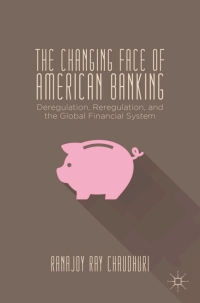please answer question #2
In the last century movies were distributed one-way only: through theatres. The accounting would certainly be simpler with one outlet than it is today! So for this case, let's imagine we are studying one particular award winning film, "the Movie, that was a big hit in the year XXXX and was projected to generate cash flow of as much as $350 million for Viacom, Inc., Paramount Pictures' parent company. Such success would insure the film a place among the top grossing films of all times! Times have most certainly changed! But was the Movie a money maker for Paramount in year XXXX? Films were typically distributed to theaters under an agreement that splits the gross box office receipts approximately 50/50 between the theater and the movie studio. Under such an agreement, Paramount had received $191 million in gross box office receipts from theaters as of December 31, XXXX. Paramount reports that the film cost $112 million to produce, including approximately $15.3 million each paid to the main star and the director, and production overhead' of $14.6 million. This production overhead is charged to the movie at a rate equal to 15% of other production costs. Not included in the $112 million production costs were the following other expenses associated with the film. Promotion expenses incurred to advertise, premiere, screen, transport, and store the film totaled $67 million at the end of year XXXX. An additional $6.7 million 'advertising overhead charge' (equal to 10% of the $67 million promotion expenses) was charged to the film by Paramount. These charges represent the film's allocation of the studio's cost of maintaining an in-house advertising department. Paramount also charged the film a distribution feet of 32% of its share of gross box office receipts. This fee is the film's allocation of the costs incurred by Paramount to maintain its studio-wide distribution services. Finally, $6 million in interest on the $112 million in production costs were charged to the film by Paramount. 2. In their original contracts, the main actor and director were to receive $7 million and $5 million, respectively, for their work on the Movie. However, after the studio asked the producers for budget cuts, both the main actor and director agreed to forego their standard fee for a percentage of the film's gross box office receipts. Sources estimate that the new agreement guaranteed each of the two 8% of the studio's share of gross box office receipts from the film. Using the information available about the costs of making the film, did the Movie have a positive contribution margin? Assume that all costs not specifically identified as variable are fixed. What type of business leverage does this contribution margin represent








